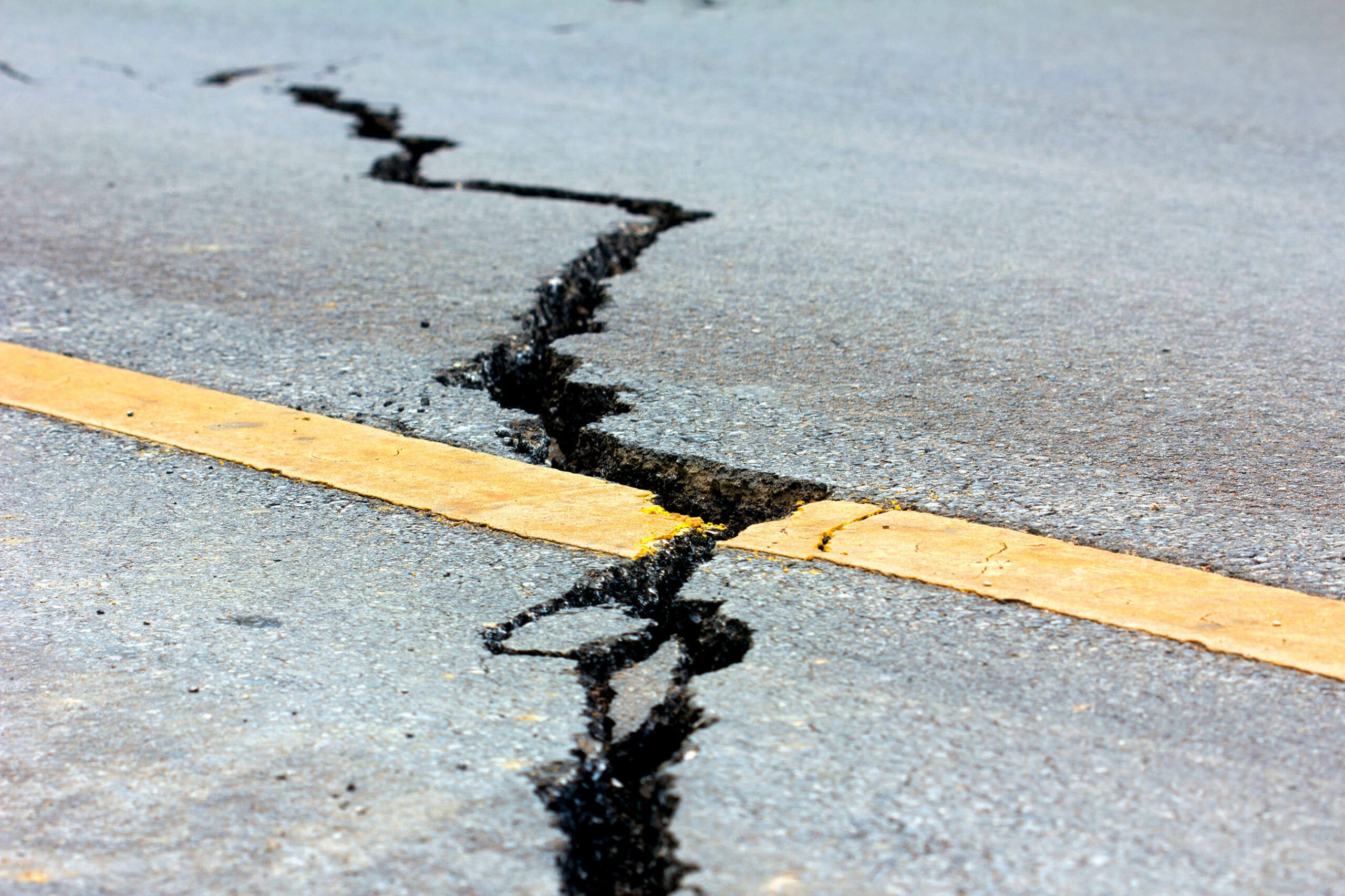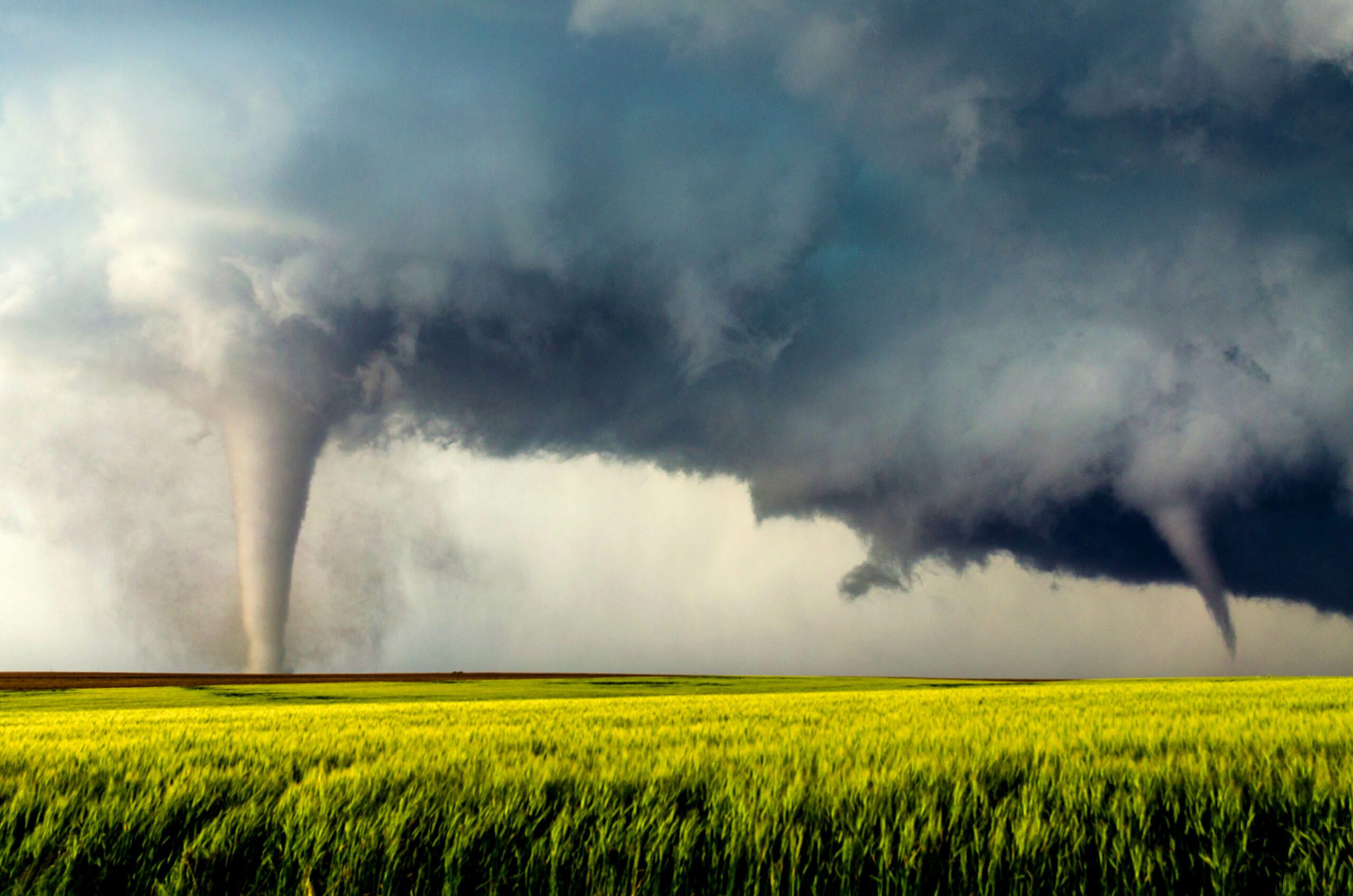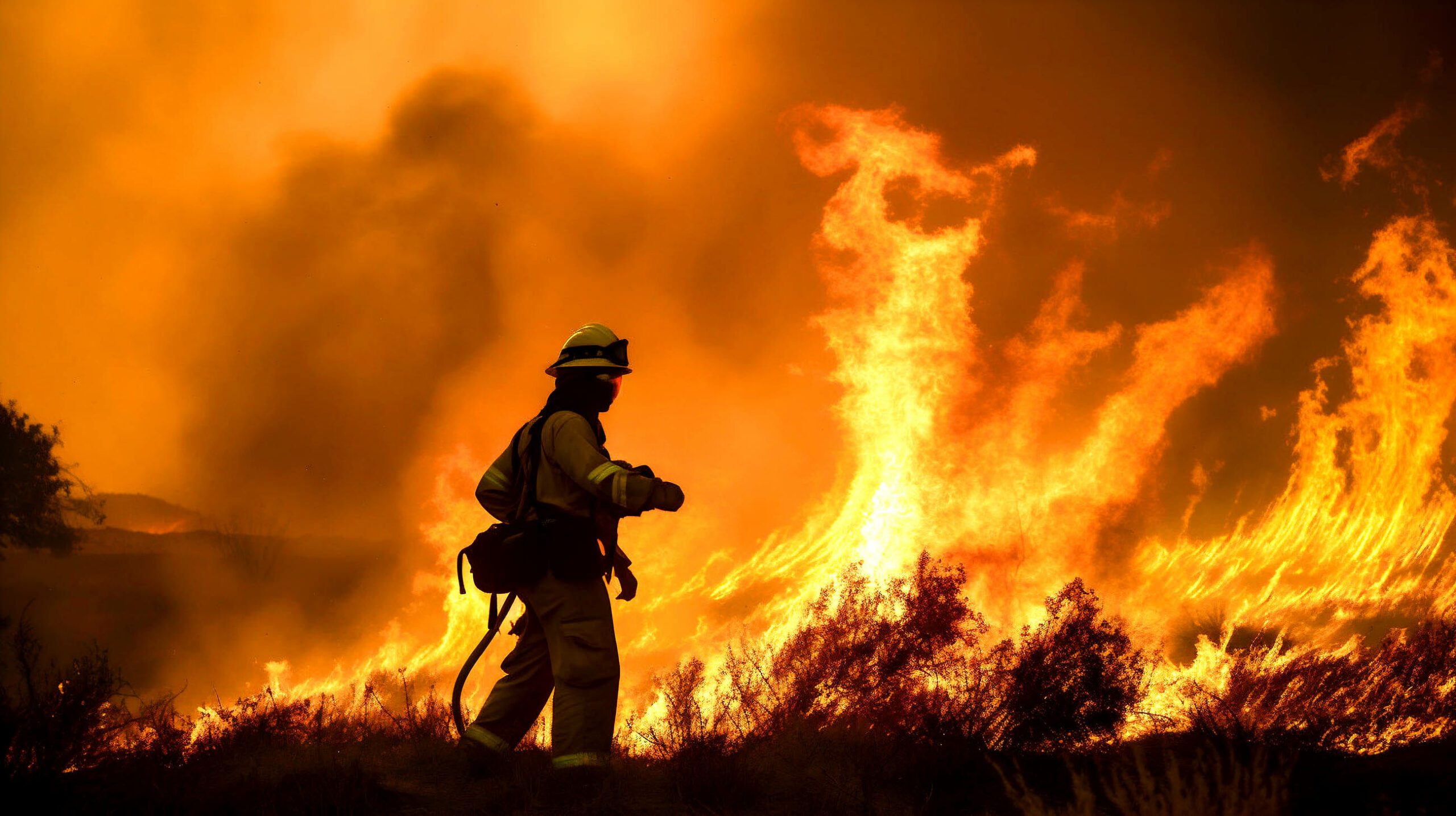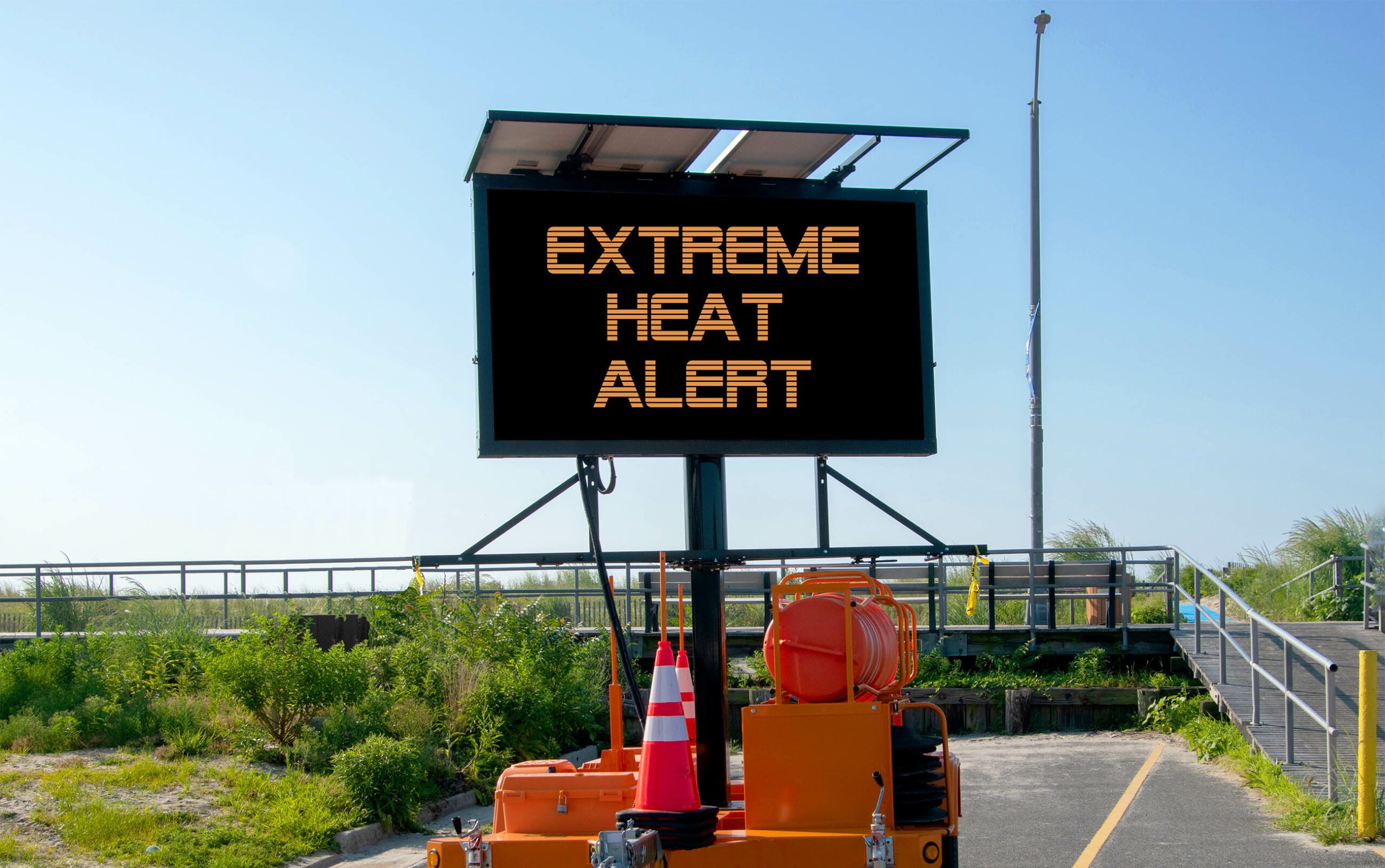The Role of Pre-Engineered Metal Buildings in Disaster-Resistant Construction
Disaster-resilient or disaster-resistant construction is now standard in many places. Here’s how pre-engineered metal buildings conform to today’s stringent demands.
Every locality is prone to disasters, natural or otherwise. Some areas experience periodic flooding. Others are vulnerable to hurricanes or tornados. And some are known to experience earthquakes from time to time. Wise builders nowadays factor the risk of such events into their designs. Local planners and zoning departments also incorporate the known hazards into their regulations and guidelines for new construction. This is known as disaster-resistant, or disaster-resilient construction.
In times past, the response of planners to destructive acts of nature was often reactive rather than proactive. Builders and government bodies saw the horrific results of faulty construction and made adjustments after the fact. And America has seen plenty of calamities resulting from inadequate construction:
The Great Chicago Fire of 1871 killed an estimated 300 people and devastated a huge swath of the city. The city’s many wood structures became kindling for the flames, and even some brick and stone structures exploded in the intense heat.
That tragedy was dwarfed by the San Franciso Earthquake of 1906, which revealed the total inadequacy of most construction in the city. Many buildings thought to be indestructible collapsed, including City Hall. But the worst impact was the fires that swept through the city afterward, lasting four days and destroying 28,000 buildings. The overall death toll has been estimated at more than 3,000.
Following the 1906 quake, San Francisco launched a campaign to make the city’s structures fireproof and earthquake-proof. Although many quakes have occurred since then, there has been no disaster comparable to that one in sheer loss of life—in San Francisco or the rest of earthquake-prone California. That is largely due to the improvements in building and retrofitting standards that have developed through the decades.
An indicator of how far quake-proof construction has come since 1906 can be seen in the impact of a more recent event–the Loma Prieta quake of 1989. That 6.9 temblor, with an epicenter close to San Francisco, resulted in just 63 deaths—in an urban area of several million people. And most of those casualties resulted from the collapse of bridge and freeway infrastructure—not buildings.
The necessary elements of disaster-resistant construction vary according to location. Here’s an overview of the threats common to specific regions, and how pre-engineered metal buildings (PEMB) address the risks:

Earthquakes
Although the Western U.S. is well-known for earthquakes, other regions of the country are also not immune. Ohio, Oklahoma, Virginia, Kansas, Illinois, Nevada, and Montana have all experienced temblors in recent years. The structures most vulnerable to quakes are those made of brick and unreinforced concrete—which lack the flexibility needed to endure heavy shaking. Happily, steel is one of the most effective materials in resisting earthquake damage. Besides being exceptionally strong, it also has excellent ductility (flexibility). Pre-engineered metal buildings typically use steel bolts for framing joints, offering exceptional strength and resilience to withstand the stress load of an earthquake. By contrast, wood construction is often secured with nails or other fasteners, which can quickly separate under stress.

Tornados
The winds generated by tornados are among the strongest destructive forces known in nature. They can lift cars and other huge objects, carrying them incredibly long distances. They can obliterate entire buildings in a few seconds. Steel-framed buildings are excellent at resisting these powerful forces. Steel has the best strength-to-weight ratio of any building material. And the strong connecting joints referenced above make steel buildings the most likely to survive tornados.

Hurricanes
Hurricanes (and other strong storms) cause damage in two ways: flooding and wind damage. We’ve described the effectiveness of pre-engineered metal buildings in resisting wind damage. But when flooding occurs, it’s difficult for any structure to avoid its destructive impact. But while other materials can be permanently damaged by water, the galvanized steel used in metal buildings won’t rot or weaken, and it resists corrosion. One way to prevent or mitigate flood damage is to erect impermeable barriers around a structure to prevent water from entering. Another is to build above ground level—an approach long used for even the most primitive structures in flood-prone areas.

Fire
Besides the constant risk of earthquakes, the Western U.S. is especially vulnerable to destructive wildfires, as recent disasters there have made clear. But as prolonged droughts have affected other areas of the country, fire has become a more widespread hazard. Steel, being non-combustible, is among the safest construction materials for use in fire-prone areas. With steel roofing and wall cladding, and fire-resistant insulation, steel buildings can minimize fire damage better than most alternatives.

Snow and Ice
Water in all its forms is especially heavy, and when snow or ice accumulates on rooftops, they can cause intolerable stress on a structure. Metal roofs and frames provide the strength necessary to withstand that pressure. When the snow and ice melt, galvanized steel roofing, wall cladding and waterproof insulation are not as vulnerable to rotting and decay.

Extreme Heat
Recent heat waves around the world have brought the destructive effects of extreme heat into clear focus. Metal buildings mitigate this impact in a number of ways. Steel roofing with reflective coating can dramatically reduce the amount of heat absorbed by a building. And most steel buildings have thick insulation with high R-values, allowing for moderate, stable interior temperatures.
Steel remains one of the most effective, disaster-resistant building materials available on earth. And pre-engineered metal buildings combine the resilient qualities of steel with cost-effective design and construction.



